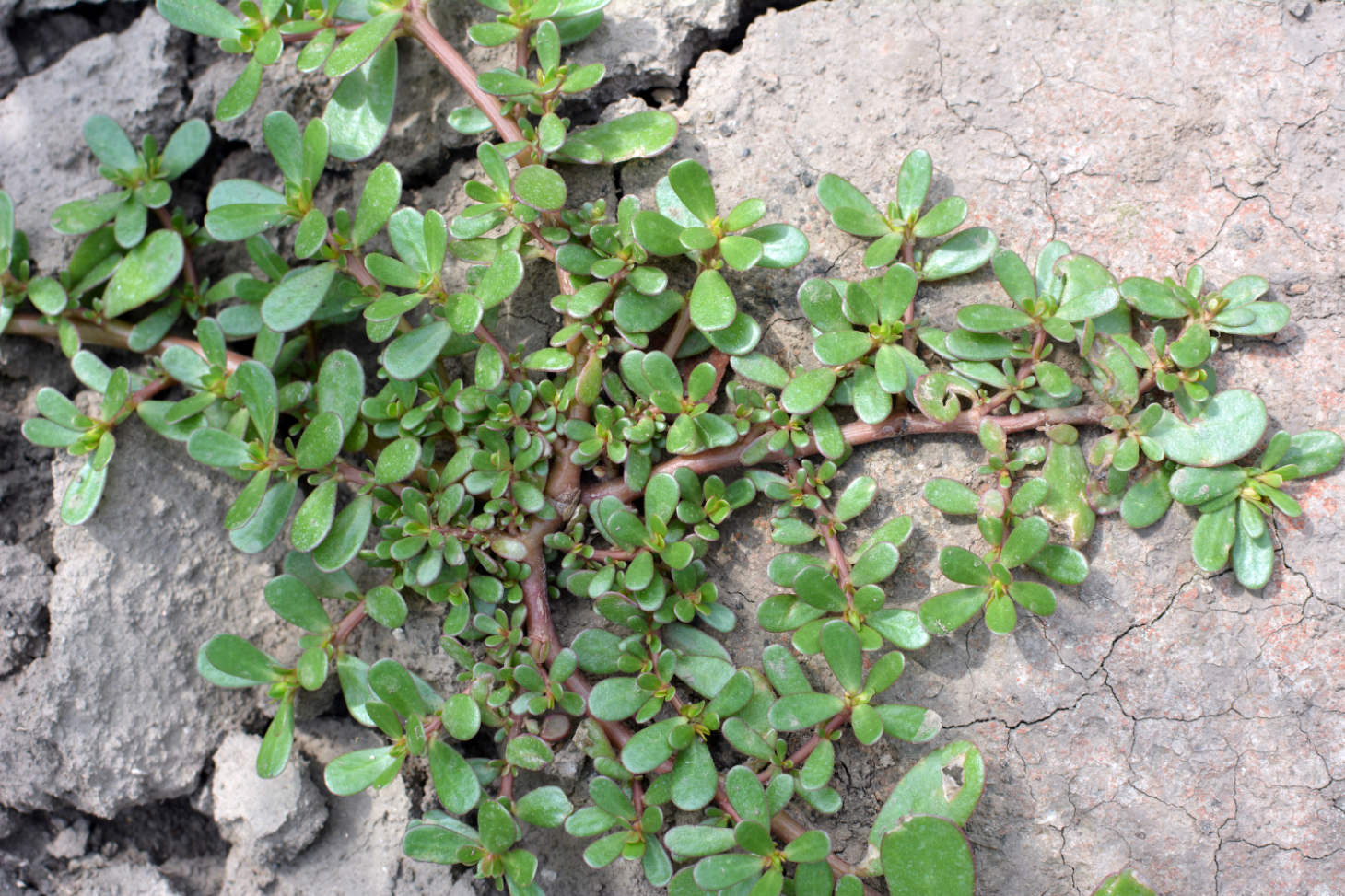Edible Succulent Varieties
Succulent plants do more than bring charm to windowsills and gardens. Some varieties also belong in the kitchen, offering unique flavors, textures, and nutrients. Edible succulents give you a way to grow food that is both practical and surprising.
You can find common options like aloe and agave that have been used for centuries in food and drinks. Others, such as purslane or ice plant, add fresh taste and crunch to everyday meals. A few rare types even provide fruits or leaves that work well in soups, stews, or smoothies.
By learning which succulents are safe to eat and how to use them, you open up new possibilities for both gardening and cooking. These plants can supply hydration, vitamins, and flavor while also thriving in dry conditions where other crops may fail.
Key Takeaways
- Edible succulents add variety and function beyond decoration
- Both common and rare types offer safe and useful options
- These plants provide nutrition and simple ways to use in meals
Popular Edible Succulent Varieties
Some succulents are more than ornamental plants. They provide edible leaves or gels that you can prepare in simple ways, offering mild flavors and potential nutritional value. Two of the most common examples include a well-known medicinal plant and a leafy green that grows almost like a weed.
Aloe Vera (Aloe Barbadensis)

You may recognize aloe vera (Aloe barbadensis miller) for its soothing gel often used on burns, but its inner leaf gel is also edible when prepared correctly. The clear gel can be blended into smoothies, juices, or even consumed raw after the bitter yellow latex sap, which contains aloin, is completely removed.
The gel contains mostly water, but it also provides small amounts of vitamins, minerals, and antioxidants. Some people use it for hydration or mild digestive support. However, the latex portion just under the green skin can act as a strong laxative, so you should avoid consuming that part.
To prepare aloe safely:
- Cut away the green outer rind.
- Rinse the clear gel thoroughly to remove all traces of the yellow latex.
- Use the gel fresh or refrigerate briefly.
Because aloe has a mild taste, you often combine it with fruit, such as pineapple or citrus, to balance the flavor.
Aloe vera’s safety depends on how it is used. The clear gel from inside the leaves is generally safe for topical use on the skin or when ingested in small quantities. However, the yellowish layer right under the leaf’s skin, known as aloe latex, contains a compound called aloin. This substance can be toxic if consumed in large amounts.
Some research indicates that long-term use of products with aloe latex may have harmful effects. Animal studies, for example, have shown potential risks. When product labels mention “aloe juice,” they are typically referring to the purified gel, which is considered safe, as long as the toxic latex has been properly removed.
To ensure you’re using a safe product, always review the ingredients and look for quality certifications that guarantee the absence of aloe latex.
Purslane (Portulaca Oleracea)
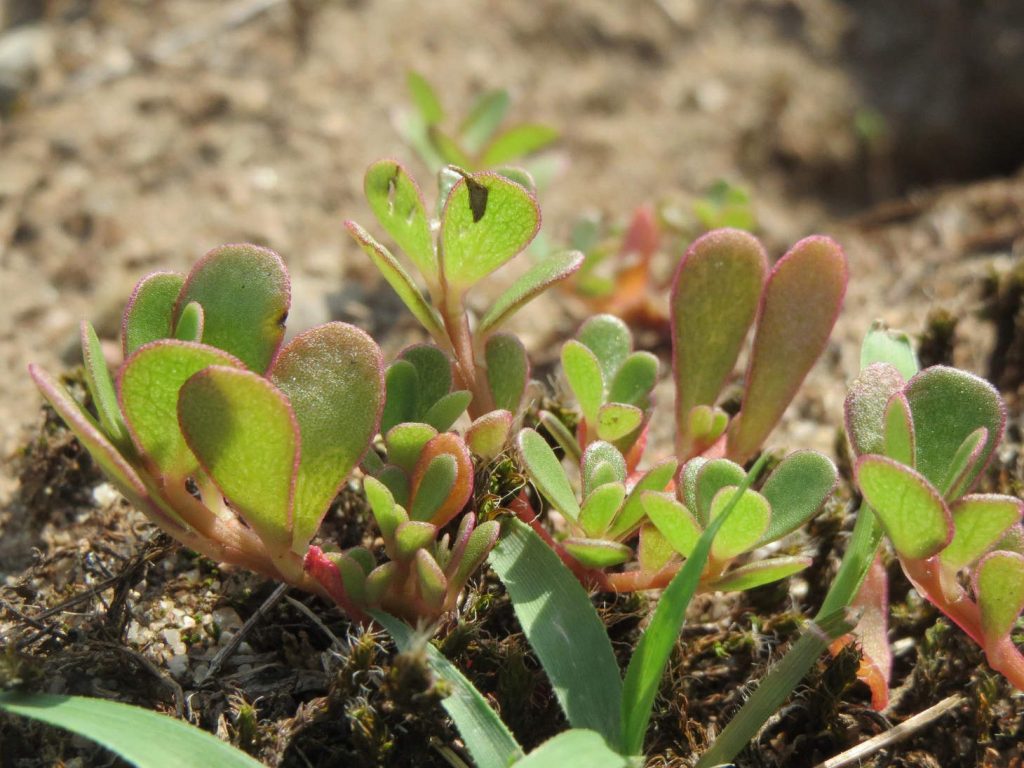
Purslane (Portulaca oleracea) is a fast-growing succulent green that you might find in gardens, sidewalks, or markets. Its small, thick leaves are edible and have a slightly lemony, salty taste. You can eat them raw in salads, cooked in soups, or added to stir-fries.
Nutritionally, purslane is notable for its high levels of omega-3 fatty acids, especially alpha-linolenic acid, which is uncommon in leafy vegetables. It also provides vitamin C, vitamin A, magnesium, and potassium.

Purslane’s crisp texture makes it a versatile ingredient. Some cultures use it in stews, while others pickle it for longer storage. Because it thrives in poor soil and hot weather, it is often available when other greens are scarce.
This plant is sometimes overlooked as a weed, but it has a long history of use in Mediterranean, Middle Eastern, and Asian cooking. Its nutritional profile and adaptability make it one of the most practical edible succulents you can grow or forage.
Other Noteworthy Edible Succulents
Some succulents are eaten for their crisp texture and salty or tart flavor. A few stand out because they are easy to identify, safe to prepare, and have a history of culinary use in different regions.
Stonecrop (Sedum) Species
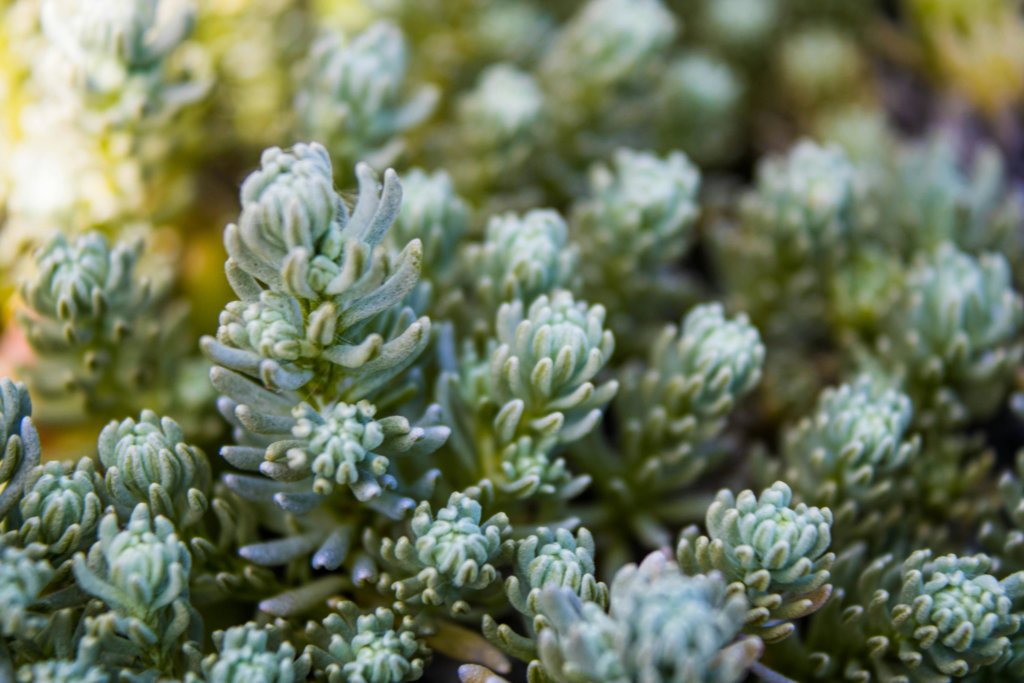
You can find stonecrop, also known as Sedum, in many gardens and rocky landscapes. Many sedum species are edible and have been used in salads, soups, and as garnish. Their leaves are small, fleshy, and slightly tart.
Not all sedums are safe to eat, so you should stick to commonly used edible types such as Sedum sarmentosum or Sedum reflexum. These are often grown as ornamentals but can be harvested for the kitchen.
The flavor of edible sedums is sharp and lemon-like, which makes them useful in small amounts. You can add them fresh to salads or stir them into egg dishes. Cooking them lightly can reduce bitterness.
Key points to remember:
- Edible species: Sedum sarmentosum, Sedum reflexum
- Flavor: Tart, lemony, slightly bitter
- Uses: Salad topping, soups, stir-fries, garnish
Sea Beans (Salicornia Europaea)
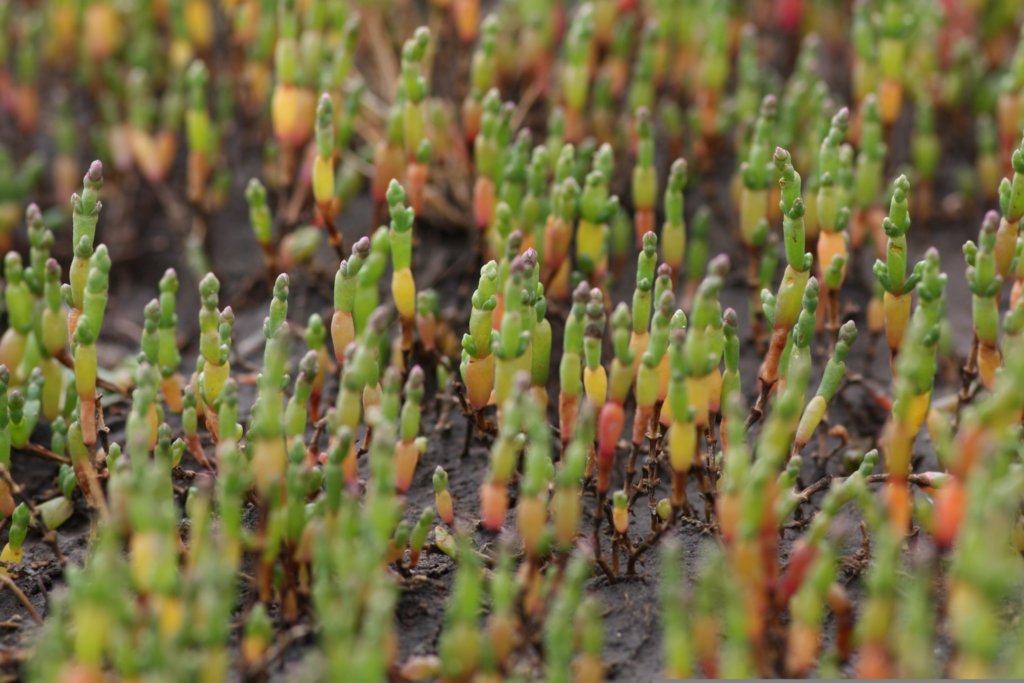
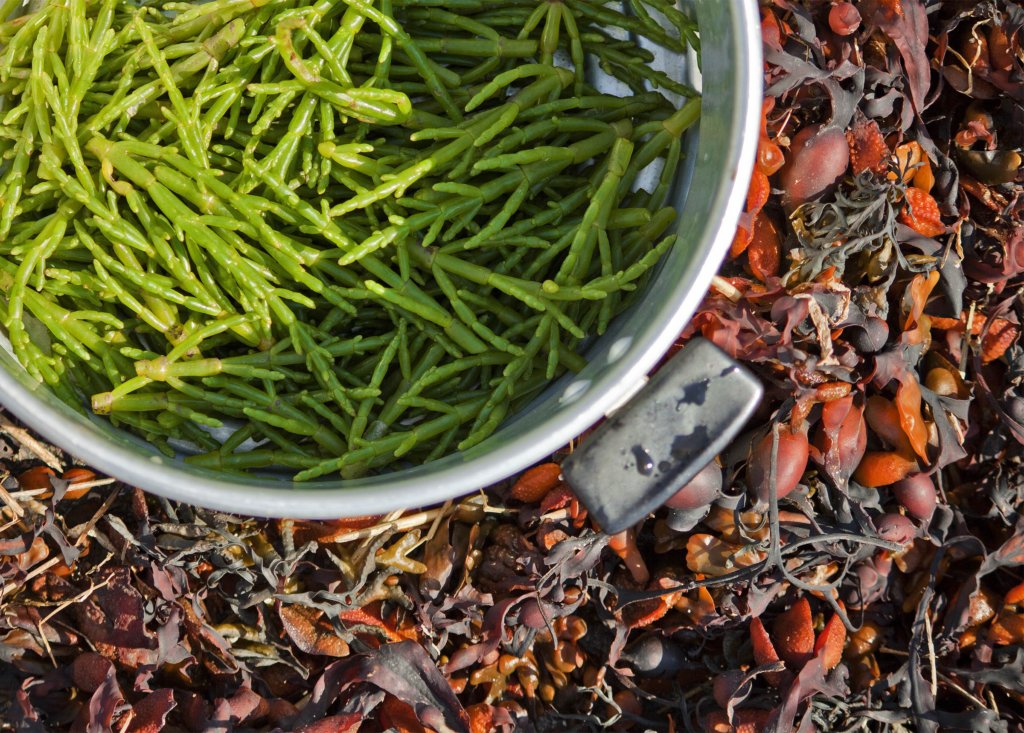
Sea beans, also called Salicornia europaea, samphire, or sea asparagus, grow in salty coastal areas and tidal flats. You can recognize them by their bright green, jointed stems that look like tiny cacti but are smooth and fleshy.
This plant is naturally salty, so you rarely need to add extra seasoning. Its crisp texture makes it a good side dish when steamed or sautéed. You can also eat it raw in salads for a fresh, briny bite.
In some regions, sea beans are pickled for longer storage. They are valued not only for flavor but also for their ability to provide minerals like magnesium and potassium.
Quick facts:
- Other names: Sea asparagus, samphire
- Taste: Salty, crunchy, fresh
- Preparation: Eat raw, lightly cooked, or pickled
Rare and Uncommon Edible Succulents
Some edible succulents are less familiar but have been used for food or traditional purposes in specific regions. They often grow in dry climates and provide nutrition or unique flavors that you may not find in common garden plants.
Banana Yucca
Banana yucca (Yucca baccata) grows in the arid regions of the southwestern United States and northern Mexico. The plant produces thick, banana-shaped fruits that were a staple food for many Indigenous groups.
You can eat the fruit raw when fully ripe, but it is often roasted or baked to soften the tough skin and bring out a sweet flavor. The seeds can be ground into flour, and the flower stalks and blossoms are also edible.
Banana yucca is high in carbohydrates and provides a reliable source of calories in harsh environments. Because the plant takes years to mature, harvesting should be done carefully to avoid damaging wild populations.
Ways to use banana yucca fruit:
- Roasted whole over a fire
- Dried and stored for later use
- Ground into flour for bread or porridge
Portulacaria Afra (Elephant Bush)
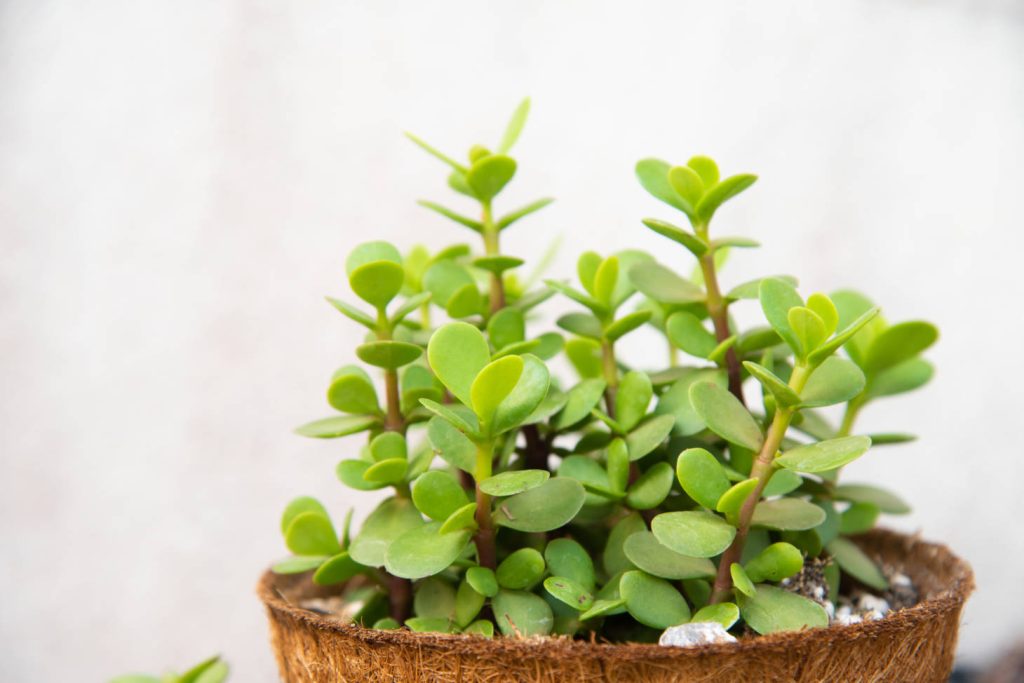
Portulacaria afra, also called elephant bush or spekboom, is native to South Africa. Its small, round, fleshy leaves are edible and have a tart, lemon-like taste.
You can eat the leaves raw in salads, or add them as a garnish to cooked dishes. They are sometimes used to flavor stews or soups because of their sourness. The leaves are also high in vitamin C, which makes them useful for boosting nutrition in small amounts.
Elephant bush is drought-tolerant and grows easily in warm climates. It is also valued for its ability to absorb carbon, making it both a food source and an environmentally beneficial plant.
Nutritional notes:
- Rich in vitamin C
- Low in calories
- Eaten fresh, not typically cooked for long periods
Nutritional Benefits
Edible succulents provide a mix of vitamins, minerals, and plant compounds that support balanced nutrition.
- Purslane is particularly notable for its high levels of omega-3 fatty acids, which are rare in leafy greens. These fatty acids, along with antioxidants also found in purslane, can help support heart and brain health.
- Aloe vera contains vitamins A, C, and E, as well as several amino acids. The clear gel inside the leaves is often used in juices to help with digestion, though it’s important to only use products specifically prepared for consumption.
- Hottentot fig is another succulent that provides antioxidants and vitamin C, which can help support your immune system.
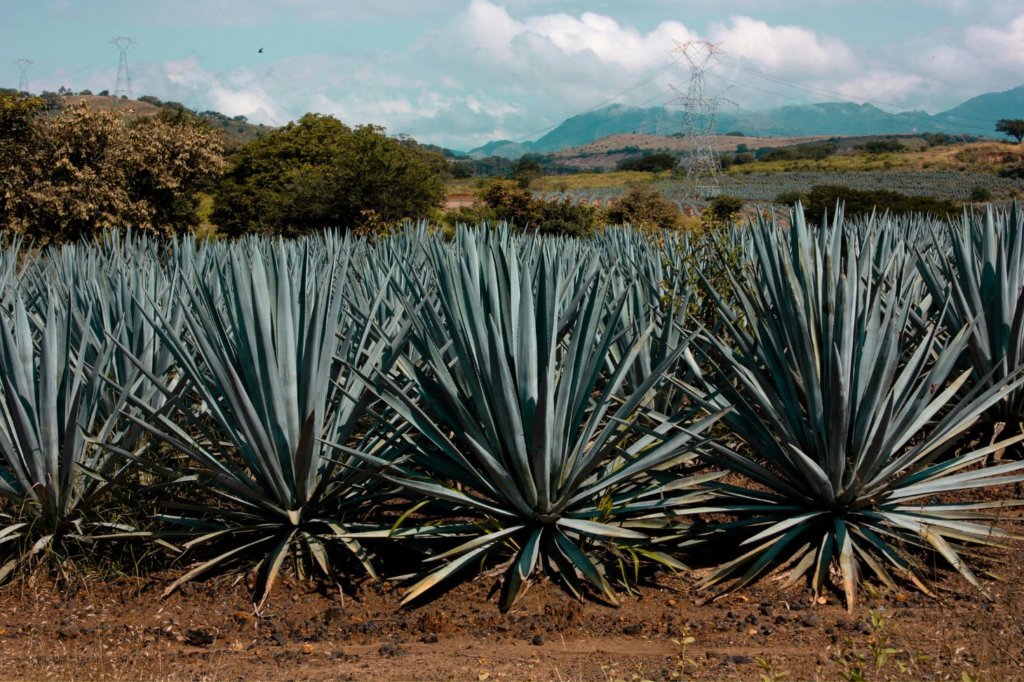
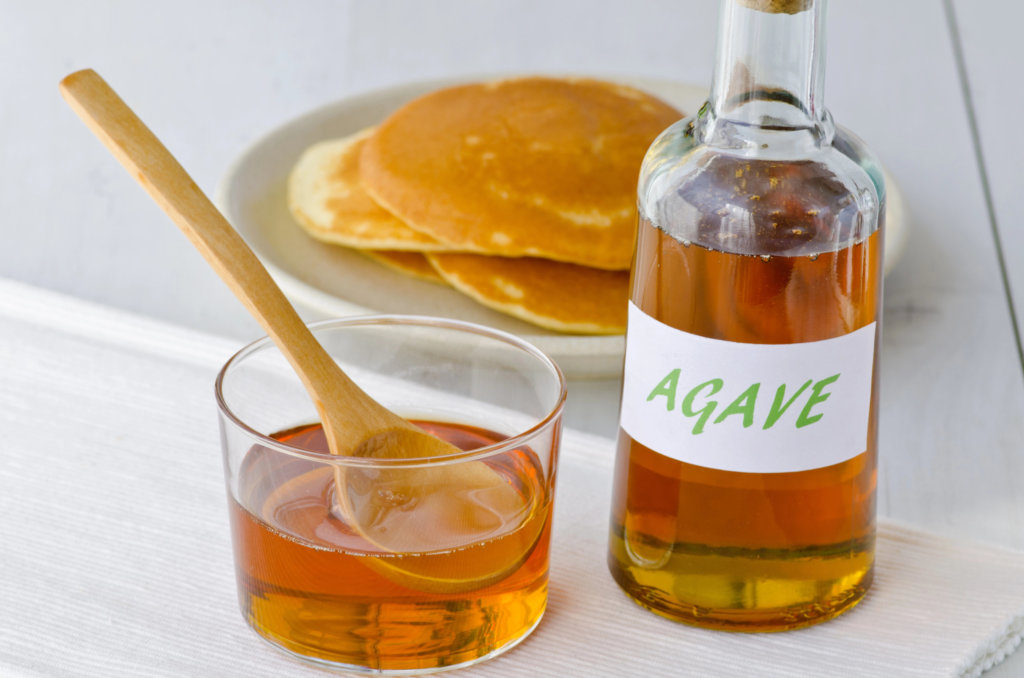
While many succulents are nutritious, some, like agave, are best consumed in moderation. Agave is often used as a natural sweetener, but it has a high sugar content.
These plants add variety to your diet while supplying both macronutrients and micronutrients that support daily needs.

